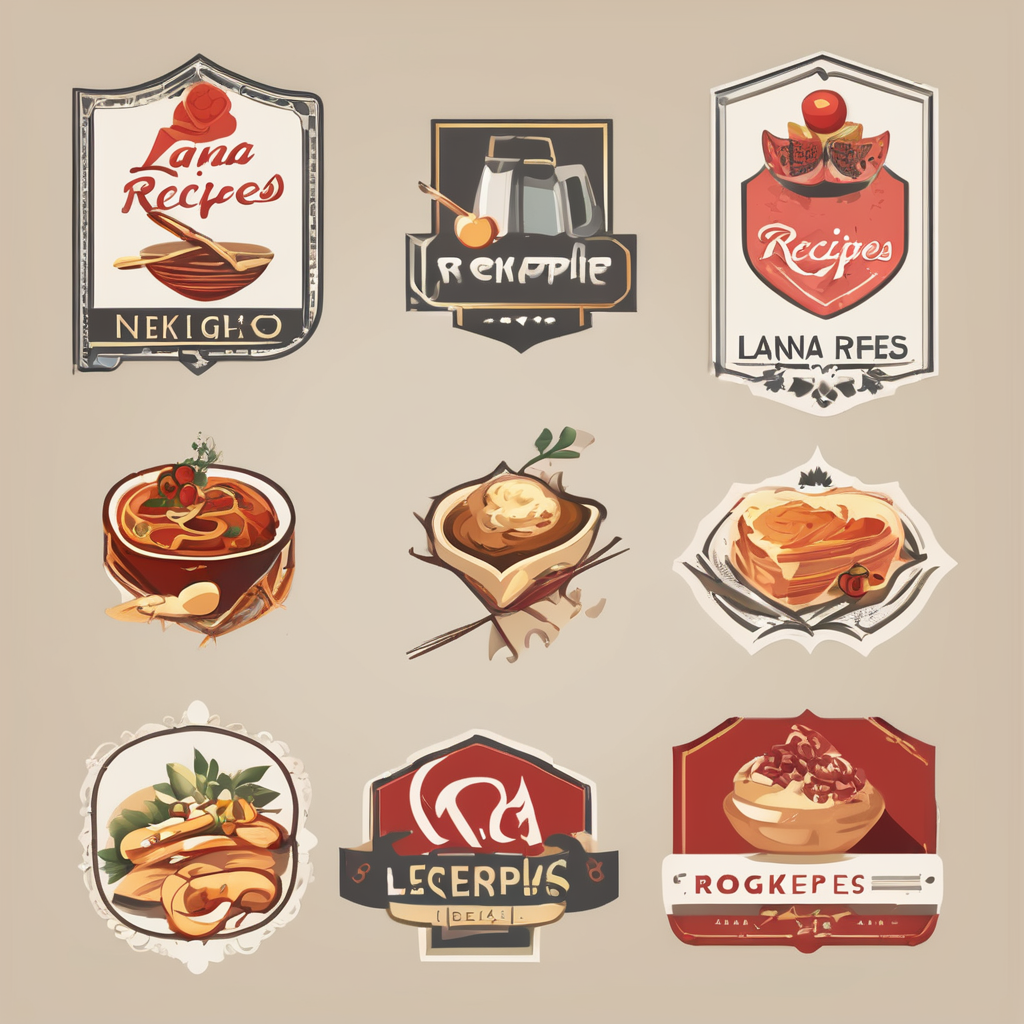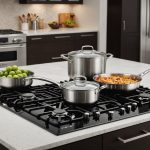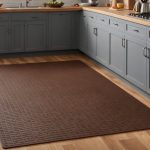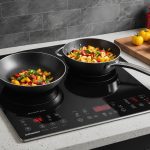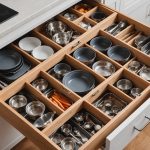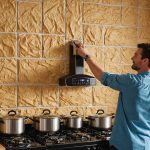When designing a kitchen, one of the most critical decisions you’ll face is selecting the floor material. Given that the kitchen is often the heart of the home, bustling with activity, it’s essential to choose a flooring option that not only looks appealing but also withstands the rigors of heavy foot traffic. In this article, we will explore various flooring materials, their benefits, and how they hold up under the demands of a busy kitchen environment. By the end, you will have a clearer understanding of which options best suit your needs.
Tile Flooring: A Durable Classic
Tile flooring remains a popular choice for kitchens due to its incredible durability and versatility. Available in a wide range of designs, colors, and textures, tile can complement any kitchen style. The most common types of tiles are ceramic and porcelain, both of which offer unique advantages.
Also read : The complete handbook for choosing the ideal popcorn machine to enhance your movie night experience
Ceramic tile is particularly favored for its water resistance and ease of maintenance. Spills are easily wiped away without damaging the surface, making it ideal for a kitchen where messes are likely to occur. Porcelain tiles, on the other hand, tend to be denser and less porous than ceramic, which enhances their ability to withstand heavy foot traffic.
Another benefit of tile flooring is its resistance to scratches and dents. For households with pets or children, this feature can be invaluable. Tile also excels in terms of temperature control, staying cool in the summer and warm when heated in the winter, providing comfort throughout the year. However, it’s important to consider the slip resistance of tile, especially in a kitchen environment where spills are common. Opting for textured or matte finishes can help mitigate the risk of slips.
Also to read : What are the best practices for organizing a pantry to reduce food waste?
Additionally, the installation process for tile can be labor-intensive, requiring careful planning and skilled labor. However, the longevity and durability of tile flooring often justify the initial investment, as it can last for decades with the right care. In summary, tile flooring stands as a robust option that can withstand the demands of a busy kitchen while offering aesthetic flexibility.
Vinyl Flooring: Affordable and Resilient
Vinyl flooring has surged in popularity in recent years, particularly due to its affordability and resilience. This synthetic flooring material comes in various styles, including sheets, tiles, and luxury vinyl planks (LVP), each providing a unique aesthetic that can mimic natural materials like wood or stone.
One of the standout features of vinyl is its water resistance, making it an ideal candidate for kitchens where spills are inevitable. Unlike wood, which can warp or stain, vinyl can be cleaned easily and does not absorb moisture. This characteristic not only contributes to its durability but also to the overall hygiene of the kitchen.
Additionally, vinyl flooring is soft underfoot, which can be a significant advantage for those who spend long hours cooking or standing in the kitchen. It provides a level of comfort that harder materials, like tile or stone, cannot match. Moreover, modern vinyl options often come with a protective wear layer that helps resist scratches, dents, and fading from sunlight.
Installation of vinyl flooring is generally straightforward, especially compared to more complex materials like tile or hardwood. Many types can even be installed as a DIY project, saving you money on labor costs. However, be cautious about the quality of vinyl; cheaper options may wear out more quickly and could require replacement sooner than you expect. Overall, vinyl flooring is a practical choice that balances affordability with functionality, making it suitable for kitchens where heavy foot traffic is the norm.
Laminate Flooring: A Budget-Friendly Option
Laminate flooring offers a budget-friendly alternative to traditional hardwood while providing similar aesthetics. Made from several layers of material fused together, laminate can mimic the appearance of natural wood or stone, giving your kitchen a stylish look without the hefty price tag.
One of the key benefits of laminate flooring is its resistance to scratches and stains. This makes it particularly well-suited for busy kitchens where accidental spills and dropped utensils are common. Laminate is also designed with a protective layer that helps it withstand the wear and tear from heavy foot traffic, ensuring that it maintains its appearance over time.
Another attractive aspect of laminate is its ease of installation. Many laminate products feature a click-lock design, allowing for quick assembly without the need for glue or nails. This makes it a favorite among DIY enthusiasts, as you can often complete the installation in a single weekend.
Despite its many advantages, laminate flooring does have some drawbacks. It is less water-resistant than vinyl or tile, so it’s essential to clean up spills quickly to prevent moisture from seeping into the seams. Additionally, while laminate can mimic wood’s look, it doesn’t have the same warmth or texture. However, if you’re looking for a flooring option that balances style and practicality on a budget, laminate could be the perfect fit for your kitchen.
Engineered Wood Flooring: The Best of Both Worlds
Engineered wood flooring provides a hybrid solution that combines the natural beauty of hardwood with the practicality of synthetic materials. Composed of multiple layers, with a top layer of real wood veneer, engineered wood is designed to withstand fluctuations in temperature and humidity better than traditional hardwood.
This type of flooring offers the aesthetic appeal of solid wood while being more resistant to moisture and temperature changes. This makes it suitable for kitchens, where high humidity from cooking can warp traditional hardwood. Additionally, engineered wood is less prone to scratches and dents, making it an excellent option for families with children and pets.
Installation is typically straightforward, with many engineered wood products featuring a click-lock system similar to laminate. This ease of installation allows homeowners to achieve a high-end look without the associated costs or complexity.
While engineered wood flooring is generally more resistant to moisture than solid wood, it’s still crucial to clean up spills promptly. Regular maintenance, including cleaning and occasional refinishing, will help maintain its appearance over time. Overall, engineered wood flooring presents a versatile option that combines the elegance of natural wood with the practicality required in a kitchen setting.
Choosing the right flooring for your kitchen is pivotal to creating a welcoming and functional space that can handle daily wear and tear. Each material we’ve discussed—tile, vinyl, laminate, and engineered wood—offers unique advantages tailored to different preferences and needs.
As you consider your options, think about your kitchen’s specific demands, including foot traffic levels, moisture exposure, and aesthetic preferences. This careful consideration will ensure you select a flooring material that not only enhances the beauty of your kitchen but also stands the test of time against the challenges of a busy home. With the right choice, you can create a vibrant kitchen that invites family and friends to gather, cook, and enjoy life together.
